

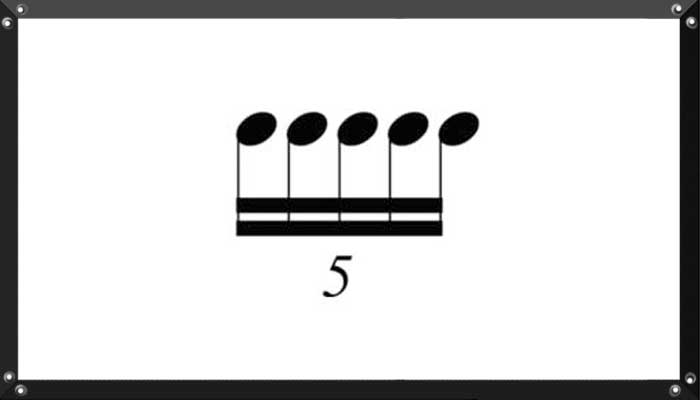
A Quintillo is a tuple of 5 notes. A number of notes of irregular duration are performed within the duration of a given number of notes of regular time value; e.g., five notes played in the normal duration of four notes; seven notes played in the normal duration of two; three notes played in the normal duration of four. Tuplets are named according to the number of irregular notes; e.g., duplets, triplets, quadruplets, etc.
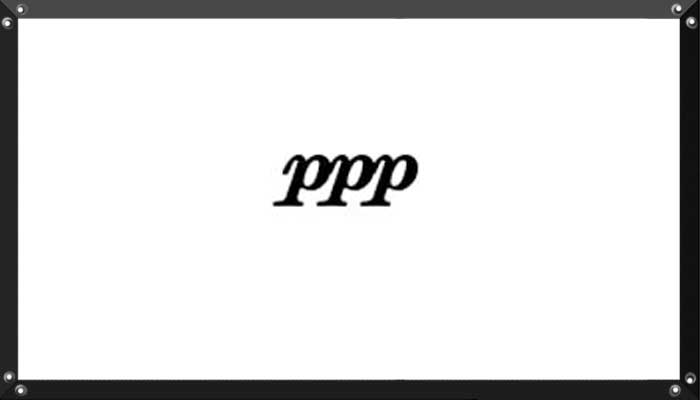
Extremely soft. Very infrequently does one see softer dynamics than this, which are specified with additional letter "p".
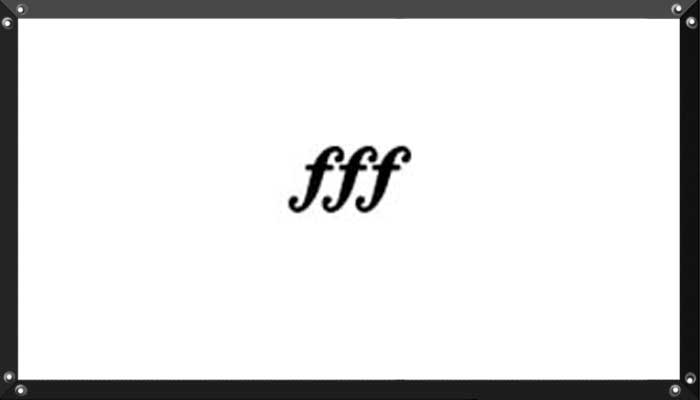
Extremely loud. Very infrequently does one see louder dynamics than this, which are specified with additional "f".
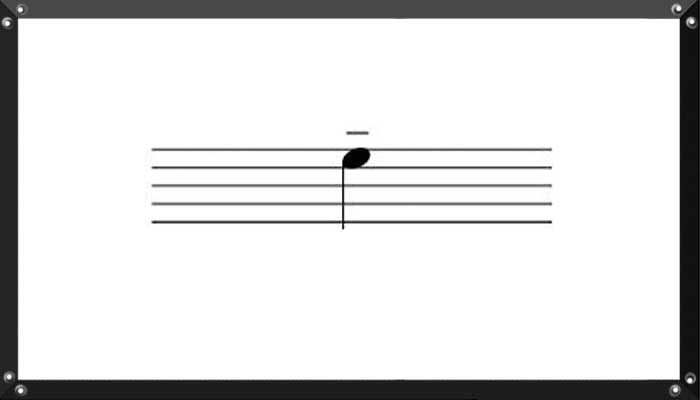
This symbol indicates play the note at its full value, or slightly longer. It can also indicate a slight dynamic emphasis or be combined with a staccato dot to indicate a slight detachment.
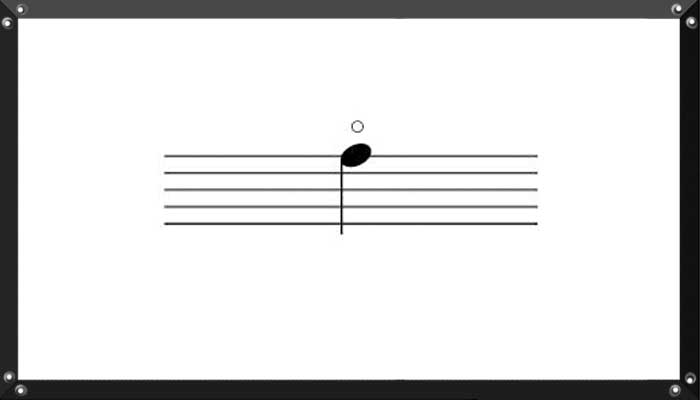
On a stringed instrument, means to play a natural harmonic (also called flageolet). On a valved brass instrument, means play the note"open" (without lowering any valve, or without mute). In organ notation, this means play a pedal note with the heel (above the note, use the right foot; below the note, use the left foot). In percussion notation this denotes, among many other specific uses, to open the hi-hat by releasing the pedal, or allow an instrument to ring.
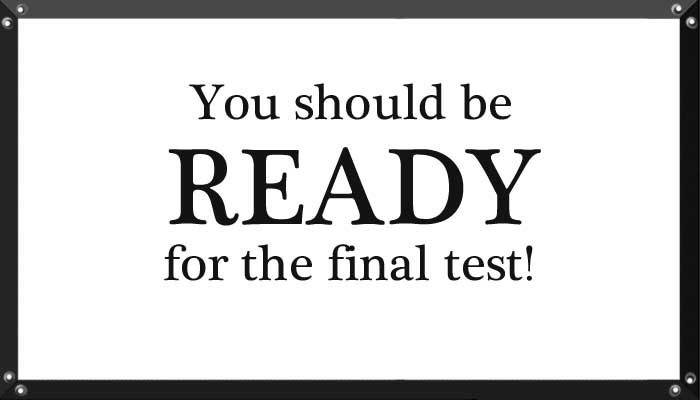
Review of Music Theory 11. Now it's time to have your first Music Theory test. Let's see if you are learning and how much you know.